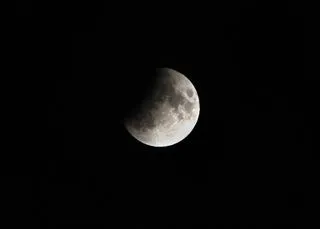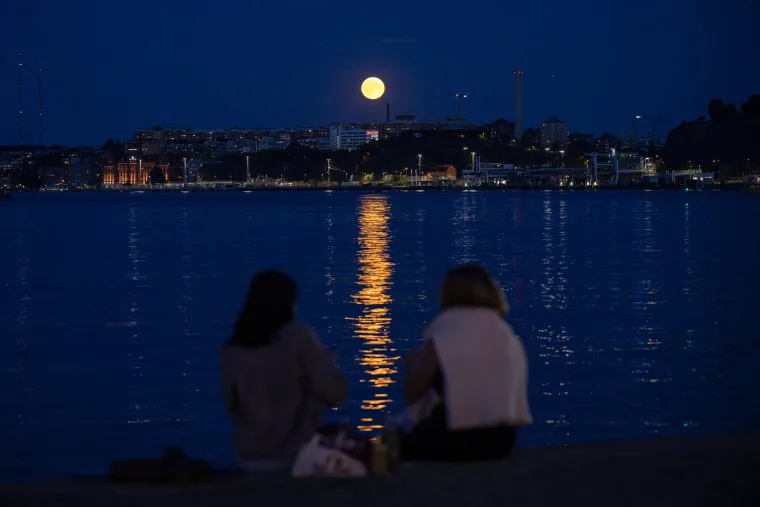This year, sky gazers will be treated to a rare event as a blue supermoon lights up the evening sky on Monday. Despite being called blue, the moon’s appearance won’t actually be blue in color. Instead, this phenomenon is named for the timing of full moons throughout the year. Typically, blue moons occur every two or three years, with 2018 being an unusual year with two blue moons, just two months apart. The next time this rarity will occur is in 2037.
As the moon orbits the Earth, it appears to change color due to atmospheric conditions. In the past, the moon has been referred to as the green corn moon, grain moon, or red moon, depending on the time of year and the amount of haze present. However, this blue supermoon is special because it’s closer to our planet than usual, making it appear up to 14 per cent bigger and 30 per cent brighter than its normal size and brightness.

Rare Blue Supermoon to Illuminate the Night Sky (Image via Getty)
The term “supermoon” was coined by astrologer Richard Nolle in 1979 to describe a new or full moon that occurs when the moon is within 90 per cent of its closest approach to Earth. This blue supermoon will be the first of four consecutive supermoons in 2023, with the full moons in September and October being virtually tied for the closest of the year.
Sky gazers can catch a glimpse of the blue supermoon on Monday, with the best viewing time being when conditions are optimal for a clear sky. This means avoiding periods of high cloud cover, finding a spot with favorable weather, and ensuring there are no obstructions on the horizon to block the view, such as buildings or trees. The moon will rise at approximately 7:26 pm, making it a great opportunity to step outside and appreciate this unique celestial event.
























